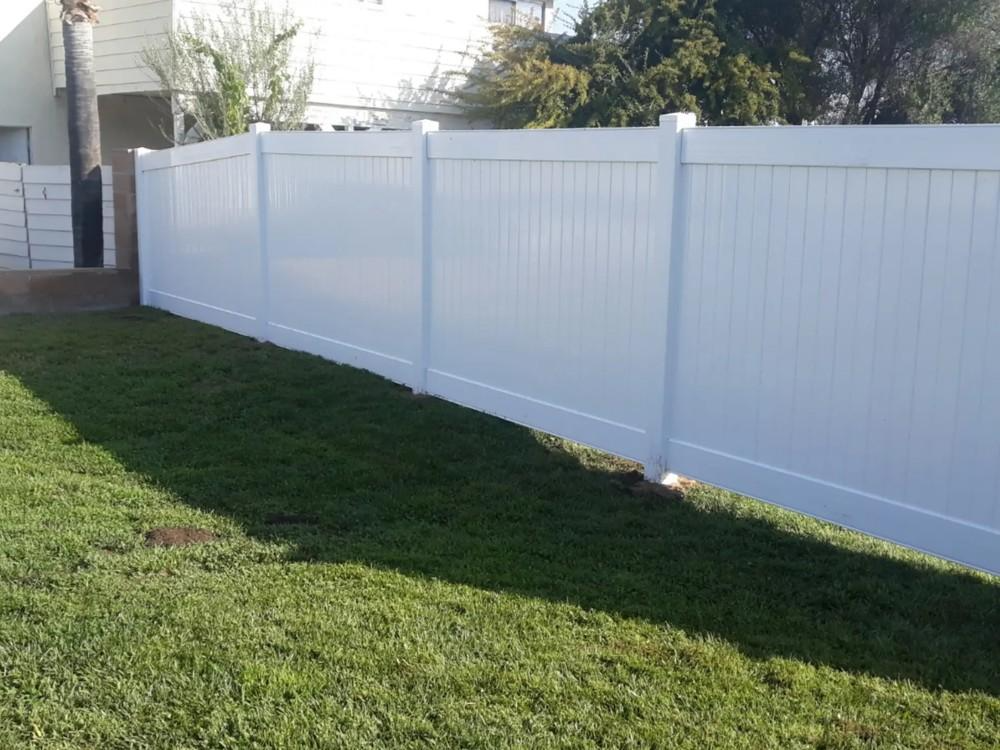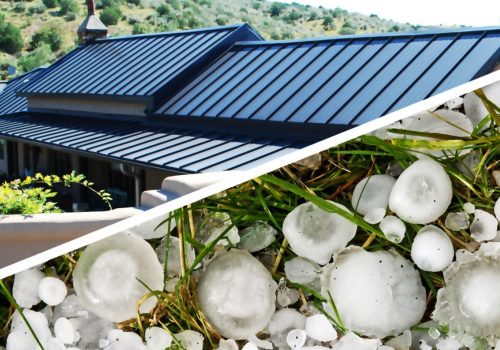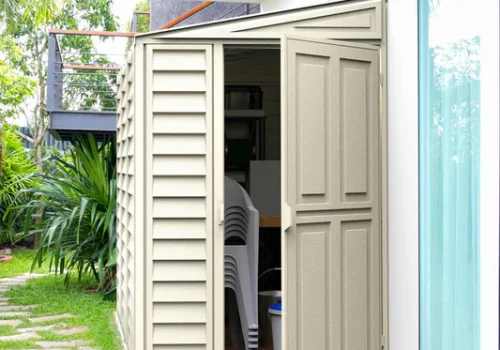How to install vinyl fencing on uneven ground?
The uneven ground may pose a problem when installing a new vinyl fence. Fortunately, with a few basic tools and some careful planning, it is possible to install vinyl fencing on uneven terrain. A vinyl fence installation starts with measuring your property and planning its layout. The height of the fence may vary depending on the slope of the land when dealing with uneven ground. Mark out the location of each post using a measuring tape and measure the fence sections. Once you have planned out your fence layout, it’s time to start digging your post holes. Size, style, and type of soil will determine the depth and diameter of your holes. Your post is buried at least one-third as deep as its total length. When digging into uneven terrain, make sure that all posts are at an equal height from top to bottom by using a level or string line across all posts before starting construction.
After digging your holes, it’s time to pour concrete into them. It secures each post firmly into place so that they remain upright even if there is an incline or decline in elevation between each point along their length. Be sure to follow Murrieta proper safety procedures when working with concrete by wearing gloves and protective eyewear while mixing or pouring it into the holes. Once your posts are set in concrete, it’s time to attach rails for support between them. A sloped area may require you to adjust your rail placement based on the amount of space between posts. Your fence will remain stable over time if all rails are level and secure. Now that your posts and rails are in place, it’s time to attach the vinyl sheeting. Start by hanging one end of a board at ground level. Angle it up towards the top of the side where it will eventually be screwed into place.
Use additional materials like rocks or dirt if your fence is not flush with the ground due to uneven terrain. Make sure everything stays secure and in place while working. Once all panels are installed and secured firmly, it’s time to add finishing touches such as post caps or decorative elements. These will help give your fence a polished look and provide additional protection against weathering or wear over time. When selecting vinyl fencing materials, choose one specifically designed for uneven terrain. These materials typically have greater flexibility and durability than those intended for flat-ground installations. It is important to note that installing vinyl fencing on steep slopes may require additional support structures such as retaining walls or terracing. If you are unsure whether your property requires these additional measures, consult with a professional contractor or engineer before beginning your project.




